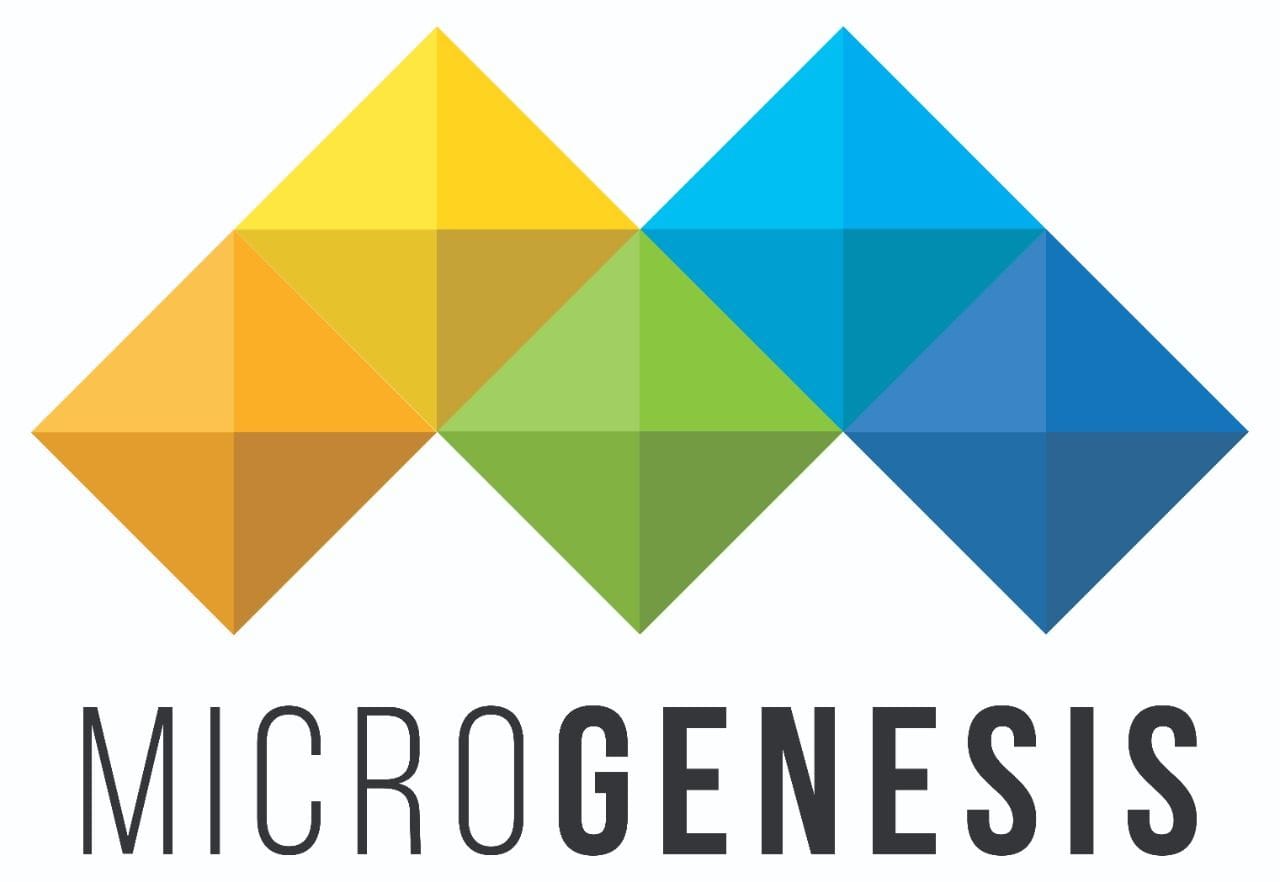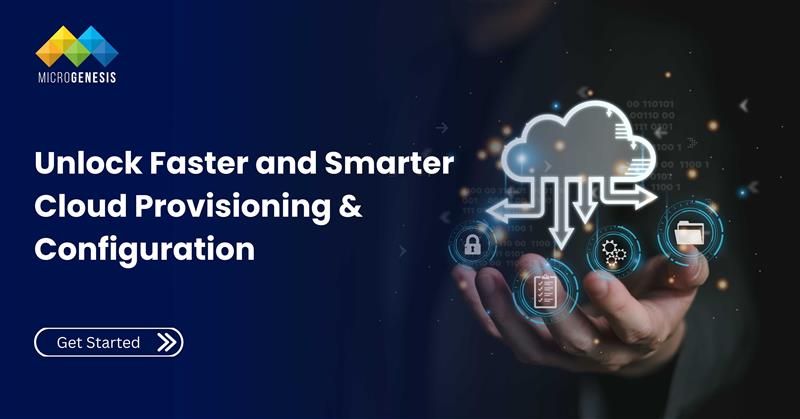As organizations migrate to the cloud, provisioning and configuration management become critical pillars for operational efficiency, cost control, and security. Proper provisioning ensures that cloud resources—compute, storage, network, and applications—are deployed accurately, consistently, and securely. Configuration management ensures these resources maintain compliance, performance, and alignment with business goals throughout their lifecycle.
This blog explores best practices, tools, challenges, and emerging trends in cloud provisioning and configuration management, enabling enterprises to manage cloud infrastructure efficiently and sustainably.
1. Understanding Cloud Provisioning
Cloud provisioning is the process of deploying and allocating cloud resources to meet business and operational requirements. It can be manual, automated, or a combination of both, depending on the organization’s maturity and toolset.
1.1 Types of Cloud Provisioning
- Self-Service Provisioning
- Users can request and provision resources directly through a cloud portal.
- Speeds up deployment but requires governance to prevent misuse.
- Automated Provisioning
- Uses scripts, templates, and orchestration tools to deploy resources consistently.
- Reduces manual errors and ensures compliance with standards.
- Dynamic Provisioning
- Automatically allocates resources based on demand, often integrated with autoscaling and monitoring tools.
- Ensures optimal performance while controlling costs.
1.2 Key Considerations in Cloud Provisioning
- Scalability: Ensure resources can scale up or down according to workload demands.
- Security: Implement identity management, role-based access, and encryption.
- Compliance: Ensure deployed resources adhere to regulatory requirements.
- Cost Efficiency: Avoid over-provisioning and idle resources by using automation and right-sizing strategies.
2. Configuration Management in the Cloud
Configuration management ensures that cloud resources maintain a consistent and secure state throughout their lifecycle. Misconfigurations are among the leading causes of cloud security breaches and operational failures.
2.1 Key Elements of Configuration Management
- Infrastructure as Code (IaC)
- Define infrastructure declaratively using code (Terraform, AWS CloudFormation, Azure ARM templates).
- Enables repeatable, version-controlled deployments across multiple environments.
- Configuration Drift Prevention
- Use tools like Ansible, Chef, or Puppet to enforce desired configurations.
- Detect and remediate deviations to maintain system integrity.
- Environment Standardization
- Ensure development, testing, staging, and production environments have consistent configurations.
- Reduces errors and simplifies troubleshooting.
- Policy Enforcement
- Embed security, compliance, and operational standards into configuration templates.
- Prevents unauthorized or non-compliant deployments.
3. Best Practices for Cloud Provisioning
3.1 Adopt Infrastructure as Code (IaC)
- Use IaC to automate deployment and reduce manual errors.
- Version-control infrastructure definitions to ensure consistency and traceability.
- Example: A healthcare provider standardized patient data environments using Terraform, reducing deployment time by 50% and ensuring HIPAA compliance.
3.2 Implement Self-Service Portals
- Empower teams to provision resources on demand while enforcing governance policies.
- Automate approvals and notifications to maintain visibility and accountability.
3.3 Standardize Templates and Blueprints
- Create reusable templates for common workloads (web servers, databases, analytics pipelines).
- Ensure templates include security configurations, monitoring agents, and tagging for cost allocation.
3.4 Integrate Automation and Orchestration
- Automate provisioning workflows using orchestration tools like Kubernetes, Jenkins, or CloudFormation.
- Combine with autoscaling policies to dynamically adjust resources based on workload.
3.5 Monitor and Audit Deployments
- Track newly provisioned resources, performance metrics, and compliance adherence.
- Use automated alerts to detect unauthorized or misconfigured resources.
4. Best Practices for Cloud Configuration Management
4.1 Continuous Configuration Verification
- Regularly check for configuration drift using monitoring and management tools.
- Implement remediation workflows to automatically restore configurations to the desired state.
4.2 Embed Security and Compliance Policies
- Incorporate security baselines, encryption, and access controls in templates.
- Ensure regulatory compliance (GDPR, HIPAA, ISO, PCI DSS) is maintained automatically during provisioning.
4.3 Use Role-Based Access Control (RBAC)
- Define permissions based on roles to control who can provision, modify, or delete resources.
- Minimize risk of human error and unauthorized changes.
4.4 Maintain Environment Consistency
- Standardize configurations across development, staging, and production to reduce errors.
- Document and version environment settings to simplify audits and troubleshooting.
4.5 Implement Change Management
- Apply formal change management policies to track configuration updates.
- Use CI/CD pipelines to deploy configuration changes safely and rollback if necessary.
5. Challenges in Cloud Provisioning and Configuration
While cloud provisioning and configuration management provide significant operational benefits, organizations often face several challenges that can affect efficiency, security, and cost-effectiveness. Understanding these challenges is key to implementing effective cloud governance and management strategies.
5.1 Configuration Drift
- Definition: Configuration drift occurs when deployed resources deviate from their intended state over time due to manual changes, updates, or ad-hoc interventions.
- Impact: Leads to inconsistencies between environments (development, staging, production), which can cause application failures, security vulnerabilities, or compliance violations.
- Example: A retail company manually updated firewall rules in production, causing its staging environment to diverge. This drift resulted in failed tests during the next release.
- Mitigation: Implement automated configuration management tools (Ansible, Puppet, Chef) and regular audits to ensure compliance with desired state definitions.
5.2 Complex Multi-Cloud Environments
- Definition: Organizations increasingly use multiple cloud providers to optimize costs, performance, or regulatory compliance.
- Impact: Managing consistent provisioning, configuration, and governance across AWS, Azure, Google Cloud, and private clouds is technically complex. Disparate APIs, tooling differences, and inconsistent processes can result in inefficiencies or errors.
- Example: A global enterprise experienced resource duplication and untagged instances due to inconsistent practices across three cloud providers, leading to inflated costs and reporting difficulties.
- Mitigation: Adopt platform-agnostic IaC tools like Terraform, unified orchestration platforms, and standardized governance policies to maintain consistency across clouds.
5.3 Rapidly Changing Workloads
- Definition: Cloud workloads often scale dynamically or are transient, especially with microservices, serverless functions, and auto-scaling applications.
- Impact: Maintaining consistent configuration becomes challenging when resources are frequently created, modified, or terminated. This can lead to drift, security gaps, or resource underutilization.
- Example: A streaming service scaled its compute resources automatically during peak hours, but temporary instances lacked necessary security monitoring, creating a compliance gap.
- Mitigation: Automate provisioning and monitoring with orchestration tools and integrate configuration checks into deployment pipelines.
5.4 Security Risks
- Definition: Misconfigured cloud resources can expose sensitive data, introduce vulnerabilities, or violate regulatory requirements.
- Impact: Security incidents can result in data breaches, financial penalties, and reputational damage. Common issues include open storage buckets, overly permissive IAM roles, or unpatched virtual machines.
- Example: A financial services company inadvertently left a database publicly accessible due to manual misconfiguration, risking client data exposure.
- Mitigation: Implement policy-as-code, automated compliance checks, RBAC, and continuous security monitoring through CSPM tools.
5.5 Skills Shortage
- Definition: Cloud provisioning and configuration require specialized expertise in IaC, automation, DevOps practices, and cloud-native architectures.
- Impact: Lack of skilled personnel can lead to misconfigurations, inconsistent deployments, delayed provisioning, and higher operational costs.
- Example: An enterprise struggled to implement automated pipelines due to insufficient IaC knowledge, resulting in manual deployments that increased downtime and errors.
- Mitigation: Invest in training, certifications, and knowledge sharing within IT teams, or consider advisory services for complex multi-cloud environments.
6. Tools for Cloud Provisioning and Configuration
Selecting the right tools is essential for efficient cloud provisioning and configuration. The modern cloud ecosystem offers a mix of Infrastructure as Code (IaC), configuration management, orchestration, and security tools that help automate, standardize, and secure cloud resources.
Learn More: Future Trends in SIAM and How Enterprises Can Prepare
6.1 Terraform
- Terraform is a platform-agnostic IaC tool that allows you to define infrastructure declaratively using code.
- Benefits: Enables reproducible deployments, version control, and multi-cloud compatibility.
- Example: Enterprises can provision compute, storage, and networking resources across AWS, Azure, and Google Cloud using the same configuration files, ensuring consistency.
6.2 Cloud-Native IaC Tools
- AWS CloudFormation, Azure Resource Manager (ARM), and Google Deployment Manager are vendor-specific IaC tools.
- Benefits: Deep integration with native services, faster deployments, and easy adoption for cloud-specific features.
- Example: A healthcare provider used Azure ARM templates to deploy secure, compliant virtual networks and storage for patient data with minimal manual intervention.
6.3 Configuration Management Tools
- Ansible, Chef, Puppet enable consistent configuration across multiple environments.
- Benefits: Automates updates, patches, and security policies, reducing the risk of configuration drift.
- Example: A financial institution used Puppet to enforce encryption settings and access controls across hundreds of cloud VMs, improving security compliance.
6.4 Kubernetes
- Kubernetes orchestrates containerized workloads, ensuring automated provisioning, scaling, and self-healing.
- Benefits: Enables dynamic allocation of resources based on demand, reducing idle compute costs.
- Example: E-commerce platforms use Kubernetes to scale web applications automatically during high-traffic sales events.
6.5 Cloud Security Posture Management (CSPM)
- CSPM tools continuously monitor cloud configurations for security misconfigurations and compliance violations.
- Benefits: Real-time alerts, automated remediation, and audit-ready reporting.
- Example: A SaaS company integrated CSPM to enforce encryption, access control, and logging policies across AWS and Azure environments.
7. Cost Optimization Through Provisioning and Configuration
Provisioning and configuration directly impact cloud expenditure. Optimizing these processes can result in significant cost savings while improving performance and compliance.
7.1 Right-Sizing Resources
- Allocate resources based on actual workload demand rather than overprovisioning.
- Benefits: Prevents unnecessary spending on idle compute instances, storage, and memory.
- Example: An online retailer reviewed its EC2 instances and resized them according to utilization, saving 15% of monthly costs.
7.2 Automated Shutdowns
- Automatically shut down non-critical environments during off-hours (development, testing, staging).
- Benefits: Reduces idle resource consumption without affecting production workloads.
- Example: A SaaS company scheduled nightly shutdowns for its QA environments, saving over $5,000 per month.
7.3 Template Efficiency
- Use standardized IaC templates for recurring workloads, embedding security, monitoring, and cost-saving configurations.
- Benefits: Reduces manual errors, ensures consistent deployment, and prevents over-provisioning.
- Example: An enterprise implemented reusable templates for web applications, which included auto-scaling policies and cost alerting, cutting provisioning time by 40%.
7.4 Policy Enforcement
- Enforce tagging, quotas, and automated approval policies to prevent unauthorized or wasteful deployments.
- Benefits: Provides visibility into costs by department, project, or team, and ensures compliance with organizational standards.
- Example: A multinational company used automated policies to enforce resource limits per project, avoiding unexpected cloud bills.
7.5 Continuous Monitoring and Reporting
- Monitor resource utilization, cost trends, and performance metrics in real-time.
- Benefits: Enables proactive optimization, early detection of anomalies, and data-driven decisions.
- Example: A software company used dashboards to track VM usage and implemented automated alerts for underutilized resources, reducing waste by 10–15%.
8. Emerging Trends in Provisioning and Configuration
8.1 Serverless Provisioning
- Resources are provisioned dynamically, reducing operational overhead and cost.
- Ideal for event-driven workloads and microservices architectures.
8.2 Multi-Cloud Orchestration
- Centralized provisioning and configuration management across multiple providers.
- Tools like HashiCorp Terraform Enterprise and Kubernetes operators enable consistent multi-cloud deployments.
8.3 AI-Driven Provisioning
- Predictive algorithms optimize resource allocation, detect anomalies, and suggest cost-saving measures.
8.4 Security-First Configuration
- Automated compliance checks and policy-as-code approaches integrate security into provisioning and configuration processes.
9. Conclusion
Cloud provisioning and configuration are critical for operational efficiency, cost optimization, and secure deployments. By adopting Infrastructure as Code, automation, consistent templates, and governance practices, organizations can streamline deployments, reduce errors, maintain compliance, and scale dynamically. MicroGenesis, a provider of top IT services, helps enterprises implement efficient, secure, and scalable cloud provisioning strategies that drive agility and performance.
Integrating monitoring, cost optimization, and AI-driven insights further enhances operational performance, enabling enterprises to fully leverage the cloud for agility, innovation, and business growth.

